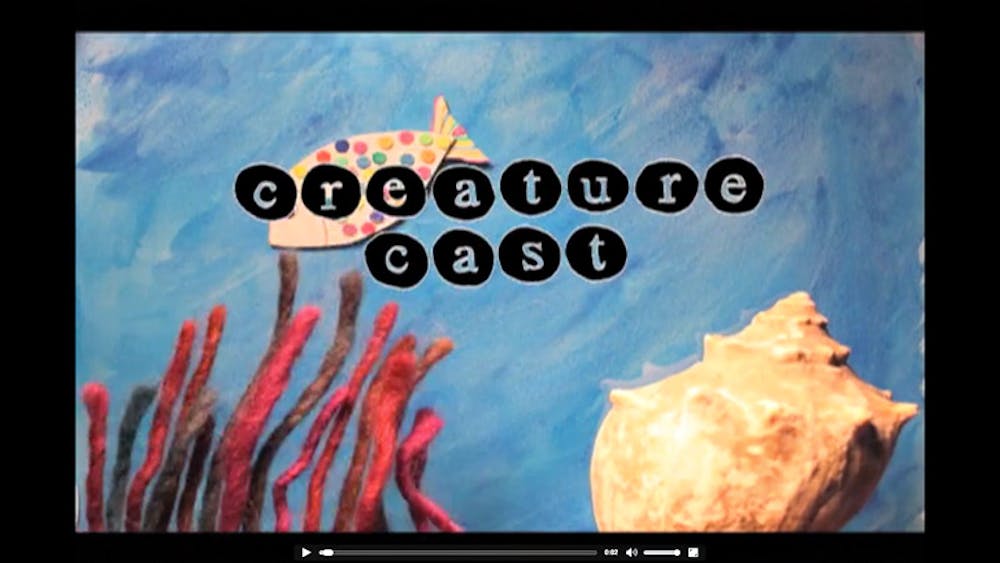Readers of the New York Times’ website now have the opportunity to learn about “Sex in Spoonworms,” thanks to Assistant Professor of Biology Casey Dunn’s project, “CreatureCast,” which the site picked up over the summer.
Dunn started CreatureCast — a series of short animated videos that explore interesting topics in zoology — in 2009, after receiving a grant from the National Science Foundation. Most of the videos were made by Brown students, The Herald previously reported. Since then, the project has expanded, recently having received a total of about 400,000 views, Dunn said.
Representatives from the Times contacted Dunn this past summer expressing interest in featuring some of the project’s videos on their website, Dunn said. While he does not know how the project came to their attention, Dunn said he “was really excited to hear from them.”
The collaboration with the Times is a “great opportunity,” Dunn said. While certain CreatureCast videos have been featured by other media outlets over the past four years, the Times “provides a much more consistent and regular way to get some of the episodes out,” Dunn added.
Recently, much of the attention the project has received on Twitter has been “driven in large part by the release on the Times,” Dunn said. Generally, feedback has been “really positive,” he added.
Not all CreatureCast videos will be featured on the Times’ site — Dunn said he picks a group of videos he thinks the Times may want to feature, and editors respond with their opinions. Ultimately, the Times editors select which ones to post.
One of Dunn’s students, Alysse Austin ’14, created a video — “Sex in Spoonworms”— that was featured on the Times’ site last month. Austin said she made the movie as a project for BIOL 0410: “Invertebrate Zoology,” and found out several weeks ago that the Times wanted to feature her video. Her friends and family were “all really happy” for her, Austin said.
She added that she was surprised and “really excited,” though she said she would have “paid much more attention to detail” in her video had she known the Times would feature it.
Eliza Cohen ’15, who also made a CreatureCast video during her sophomore year, said her work was not featured the Times site but did appear on a National Science Foundation website.
Cohen said though she had not heard of the project’s launch on the Times website, she “wasn’t surprised.” Dunn has “big visions” for the project and “believes in the power of video,” she said.
Though CreatureCast still receives money from the NSF, Dunn said the project’s low budget has contributed to its longevity by keeping the project “accessible” to student producers. He also attributed the project’s success to student interest and participation.
Dunn said the project has evolved over the past four years. While the first video was about nine minutes long, they now clock generally between two and four minutes. The shortened run time has made the videos more accessible to users, Dunn said.
He added that improving the sound quality of the videos has been a recent focus of the CreatureCast project.
As far as CreatureCast’s future goes, Dunn said he is working to expand the project to explain areas of science beyond zoology including more “abstract” topics. One of the two videos currently featured on the Times’ website explores statistics and bell curves.

ADVERTISEMENT




